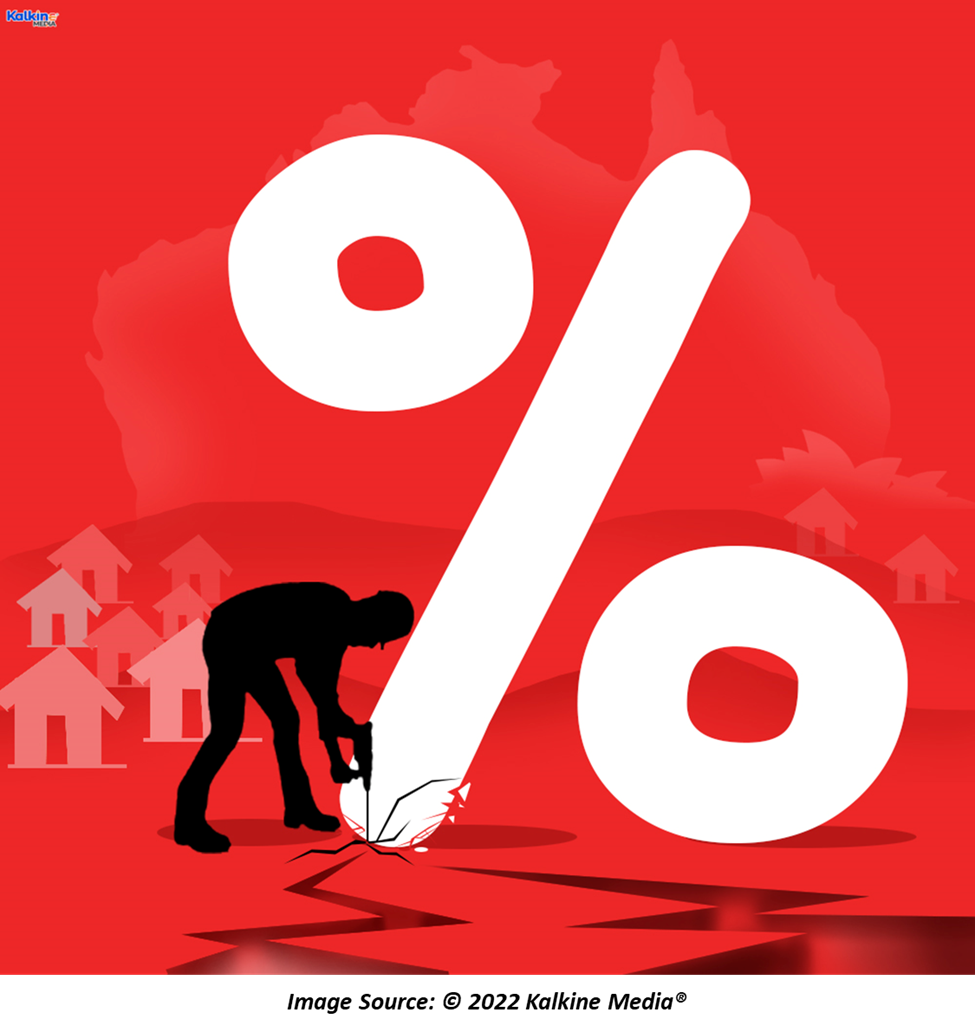Highlights
- While some amount of government debt is considered normal, high debt levels can be threatening to the economic well-being of a nation.
- With the supply of government bonds, authorities can regulate stock markets.
- The rising cost of debt makes investors’ asset basket less favourable.
Australia has seen an above-average economic performance during the pandemic, aided by fiscal and monetary measures. The government support policies created a perfect set-up for businesses to remain afloat despite the raging pandemic. However, this poses a rather pressing question about Australia - At what cost has the economic growth been achieved in such unusual times?
The answer is quite straightforward and involves government debt. While some amount of government debt is considered normal, it becomes a threat to the economic well-being of a nation when its magnitude surpasses acceptable levels. For the uninitiated, the debt essentially reflects the difference between the government’s revenue and expenditure. It is generally an integral part of any nation’s recovery journey through catastrophes like the pandemic.
Government debt, also known as the necessary evil, is an unavoidable part of an economy, which often influences investors’ asset baskets. Let us understand how:
The supply of government bonds
Investors commonly add government bonds to their asset portfolio as a safety net to minimise any potential losses. The government can choose to inject into or withdraw such bonds from the market, influencing investment decisions.

By controlling the supply of government bonds, the authorities can also regulate stock markets via the monetary policy tool known as interest rates. When the government decides to issue more bonds into the system, the overall supply of bonds increases, making the existing bonds less appealing at their prior fixed-interest rate. In turn, interest rates rise, prompting a negative effect on the stock markets.
At the same time, bonds and interest rates have a unique, inverse relationship. As interest rates rise, the prices of bonds decrease. This happens because rising interest rates make old bonds less desirable and new bonds more promising due to the higher returns. Thus, old bonds lose their charm in the market with their prices falling with increased competition.
Interest rates and stock market returns
Interestingly, higher interest rates are tied with lower stock market returns. Interest rates are a universal gauge to measure the cost of borrowing for households as well as thriving businesses. An increase in interest rates generally damages investor confidence, increasing the cost of borrowing for businesses listed on the market.
The rising cost of debt makes investors’ asset basket disproportionate, with a larger amount of borrowings being included in their investment basket. This inadvertently prompts many investors to exit their positions in the market while denting market confidence.

At the same time, an increased cost of borrowing impacts consumer sentiment. Rising interest rates make saving more attractive than spending. Thus, consumers tend to move their money into savings, causing a decline in profits, and consequently, the overall performance of the stock market.
What can investors do?
Investors cannot neglect national debt as it not only impacts economic growth but could also affect investments over time. High debt is usually being paid by increasing taxes or printing additional money, which could further influence economic growth and prompt high inflation. Both these results can impact bond and equity markets adversely.
While an investor cannot control the amount of debt in an economy, investing wisely can help them minimise losses. It seems imperative for investors to not only focus on ETFs(Exchange Traded Funds) that exclusively hold Treasuries to prevent potential losses as their yields could be low.
In turn, a good idea is to diversify one’s portfolio with investments offering higher yields. Additionally, investors can remove passive funds from their investment basket that might offer lesser returns than professionally managed funds.
Meanwhile, investors should understand that fixed income and equities can come under pressure if inflation and interest rate risks come into the picture. To mitigate such risks, investors can switch to real estate and commodities. At the same time, they should not neglect that equities are high risky but profitable investments, and cautious investing backed by fundamental and technical analysis can help them earn lucrative profits via stocks.



